Puppy course The foundation of good upbringing
What does the dog learn in puppy training?
What is the point of a puppy course? The training sessions, which often take place once a week and are run by a dog training school, can be an enriching experience in many ways. The young dogs learn a lot of useful things, but you as a dog owner also broaden your horizons by communicating with the dog trainer and other course participants.
New friendships often develop during the course. The main focus of a puppy course is relaxed and shared play with other dogs, as well as learning. Young dogs come together here to learn their first basic commands and to receive tailored training for everyday obedience. A particular advantage of puppy courses is socialization.
Many dogsDogs of different breeds and sizes can meet and sniff each other. This strengthens the dog’s social skills in the long term and ensures conflict-free coexistence among the animals. In addition, the training strengthens the bond between dog and owner.
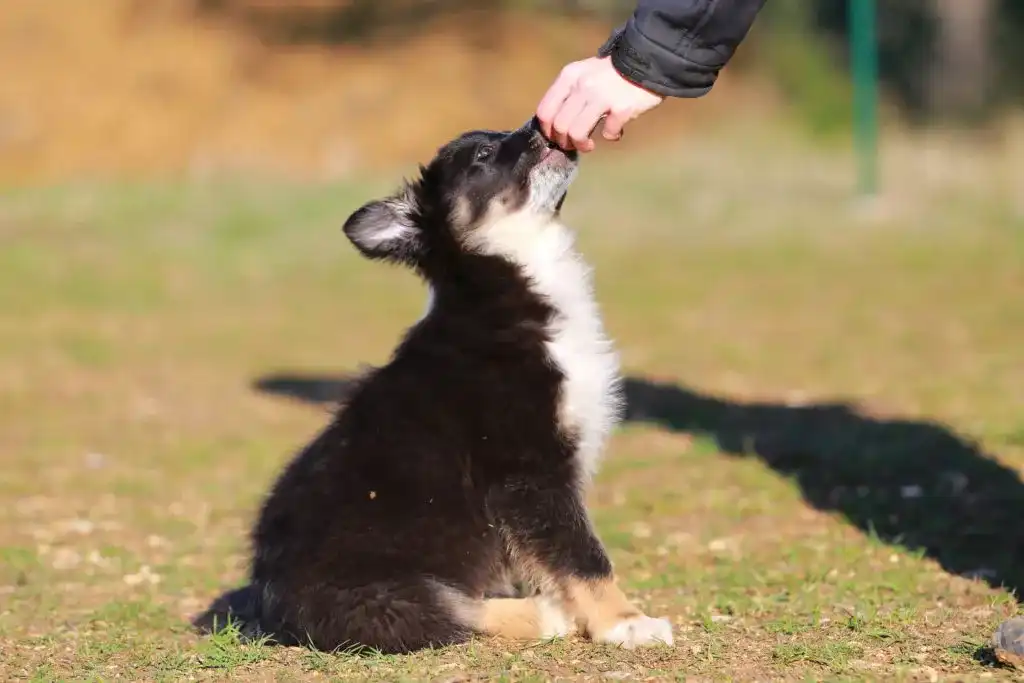
From when can I take my dog to puppy classes?
Most puppy courses are arranged by dog schools. This means that the dog can continue training in other courses at the dog school when it gets older. Puppies that come straight from the breeder and have just moved into your home should be given some time before they are prepared for the “seriousness of life”.
You can go to puppy courses together when the puppy is eleven weeks old at the latest. Until the puppy’s 16th week of life, it is still in the imprinting phase. This is central to the development of the puppy’s personality. In other words, the training hits particularly fertile ground. At puppy courses, dogs can train and practice together with other dogs until they are at least five months old.
The transition from puppy to adult dog is fluid and depends on the different breeds. Small dogs grow up faster than large dogs. An important prerequisite for you to be able to take your puppy to puppy courses is that it has been vaccinated and dewormed.
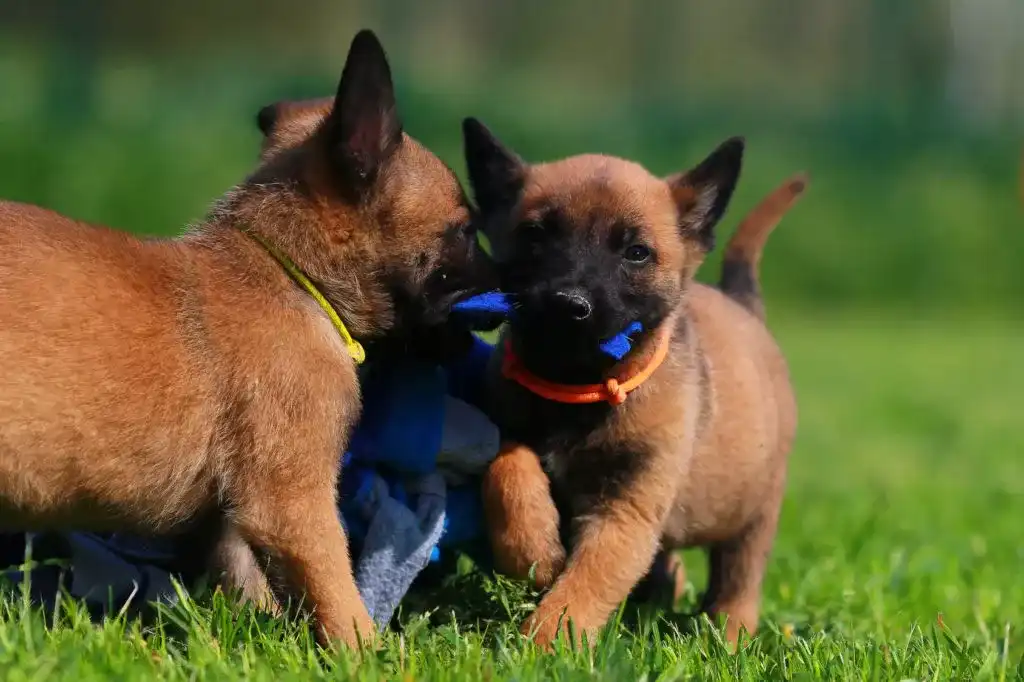
What’s on the schedule?
Typically, the focus is on basic commands such as “here” for recall and “no” as a stop signal during playful training. The training sessions themselves last no more than ten minutes at a time, as the puppyshould not have to concentrate for longer than that. Between the training units there is time for short-term play.
Please note that the play time should not be too long either – it is important to have variety so that it does not become too much for the little puppy. The training for you as the owner is also an important part of the course. The dog trainer informs about the training process, gives good tips, explains when you should intervene during play, so that no dog feels bullied, and much more!
Joint training
In general, puppy training takes place in groups. However, the size of the group should not be too large. In a group of more than ten owner-dog pairs, it will be difficult for even the best dog trainer to provide individual guidance to the participants. Up to six pairs is better. Joint training also promotes learning from each other, as puppies with a little more experience can at best lead by example.
Many dog schools also offer puppy courses based on the size of the puppies. Large and small dogs then train in different courses. This division is not mandatory, but can be meaningful, as puppies of larger breeds are often unable to assess their own body weight properly and can therefore quickly become a little unruly.
Tip: This is what characterizes a good puppy course
- No-obligation visit: the dog school offers a free consultation and the opportunity to watch a training unit before you sign up for a puppy course. This way you can get a feel for the atmosphere of the course. An appreciative and relaxed handling of the puppies should be a given.
- Competence: professional dog trainers have a similar education and are constantly training themselves. Even volunteer trainers should have a lot of experience. If you have any questions, they are always there to answer.
- Group composition: too many dogs should not be trained together. With five animals per dog trainer, the situation is clear for the trainer and it is easier to take individual needs into account. It can often be an advantage to have separate courses for large and small dogs, as large puppies can easily underestimate their strength.
- The relationship between humans and animals: the dog’s attention should be directed towards its handler – not towards the treatsThese should only be used in moderate amounts.
- Motivation: praise and cuddles motivate the dog. Loud yelling, dubious “aids” such as spiked collars and violence are, however, completely misplaced, even in groups with older “students”.
- The training unit should always end with a positive mastery experience for the dog.
- The dog area: training should ideally take place in a fenced area. It is also a good idea if there are opportunities for the dog to get used to everyday objects: rags or play tunnels, a scarecrow or dog toys.– a varied environment offers a number of advantages for an interesting workout.
- A good feeling: you should enjoy the course. An important indicator of a good puppy course is that the dog clearly enjoys the visits.
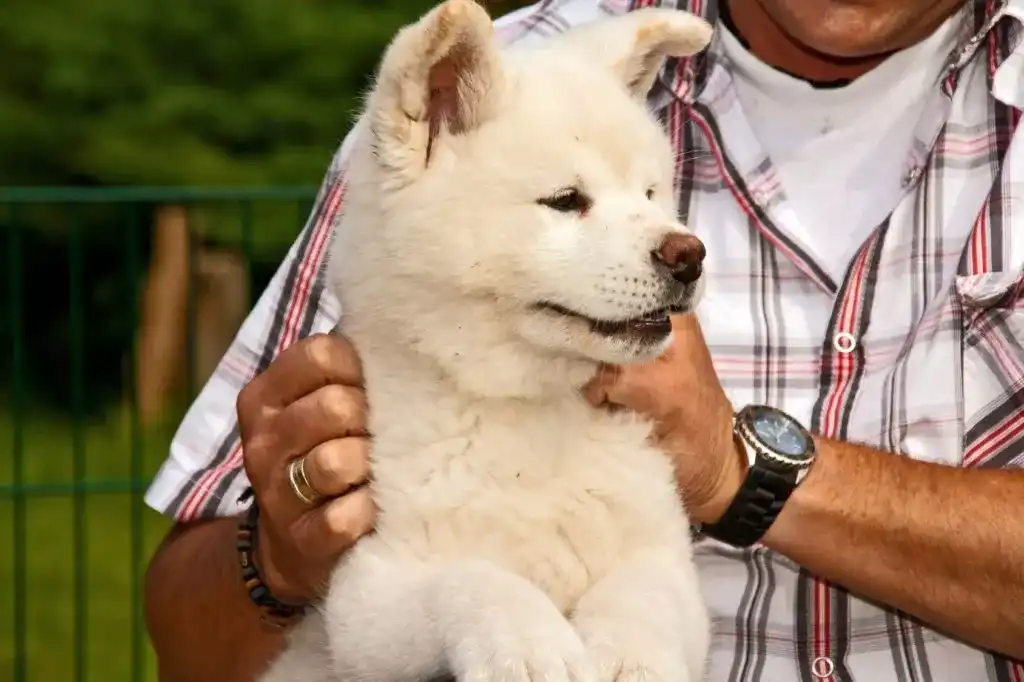
Can it work without puppy training?
Especially if you have previous experience with dogs and have a very uncomplicated puppy by your side, attending a puppy class is not extremely important. Nevertheless, all puppies should be well socialized and meet as many dogs as possible when they are small. Joint puppy training is excellent for just this – and most dog owners also learn new valuable things. Even experienced dog owners can benefit from a puppy class that can enrich their life with their four-legged favorite.
One last tip: as soon as you read about or talk to others about dog training, you will find many different opinions on this topic. It is not always easy to find the right training method for yourself and your dog, especially when there are so many different opinions. If this is your first dog, you should try to have as neutral an approach to this as possible.
Read up and talk to experienced dog owners in your circle of friends to get a feel for what suits you best. At the puppy course you can then get new inspiration and individual advice. However, be aware that you do not just change the training method without further ado, so that the dog does not become insecure.

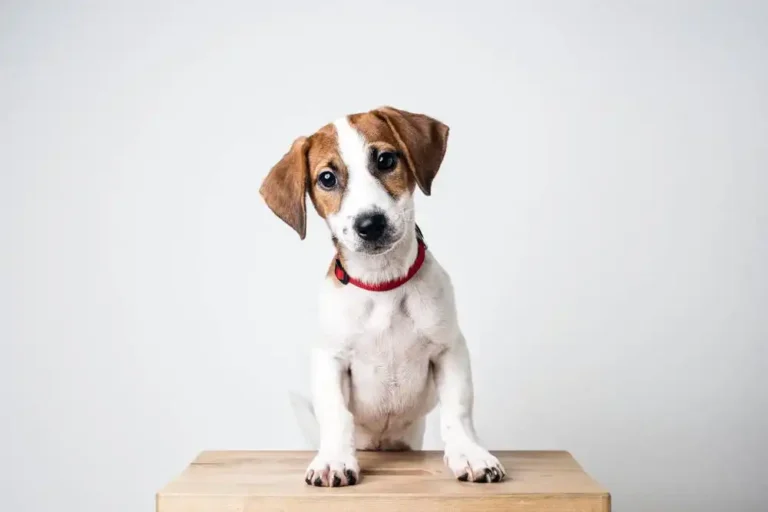
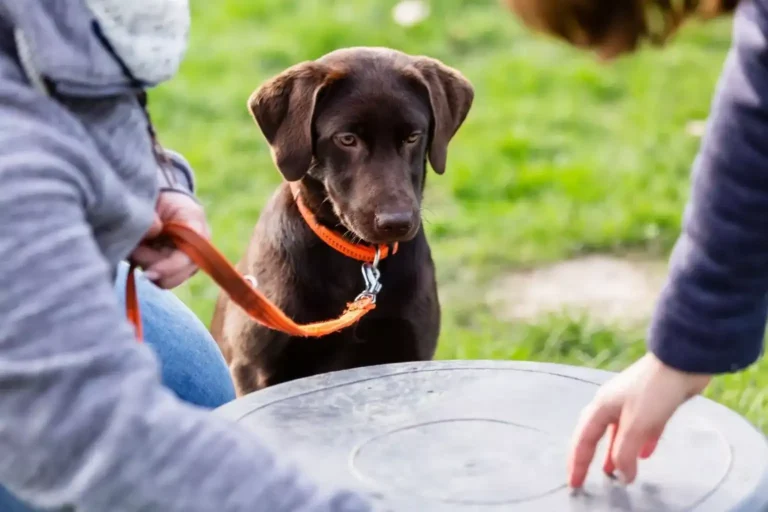
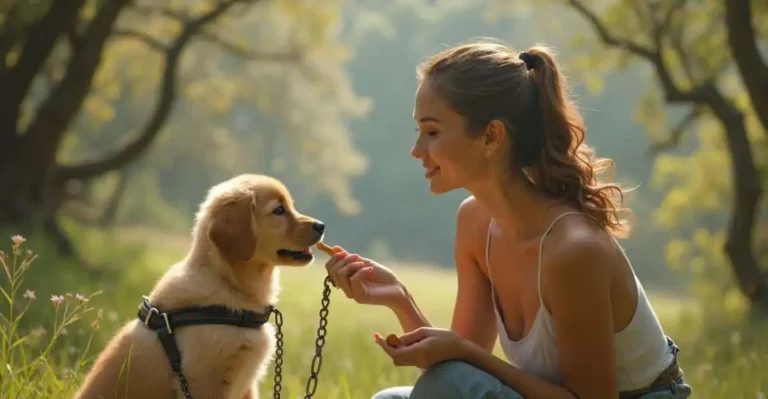
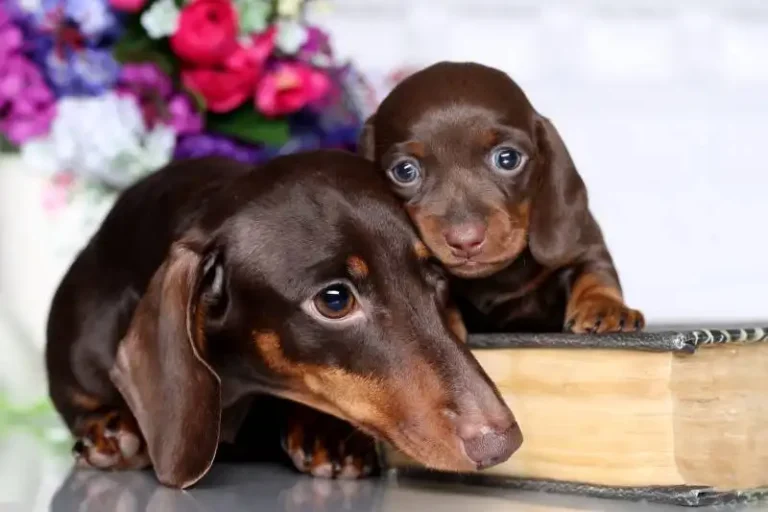
One Comment